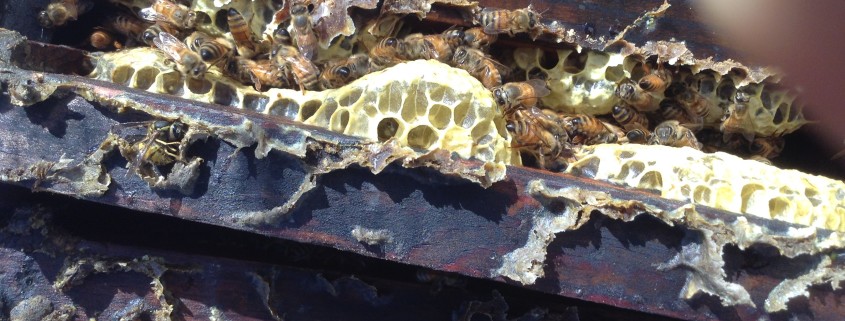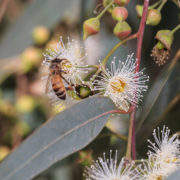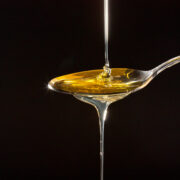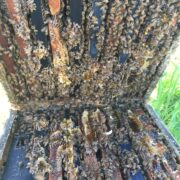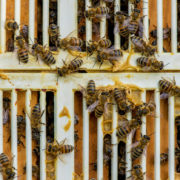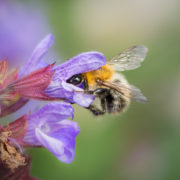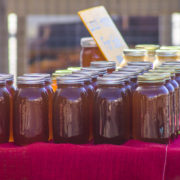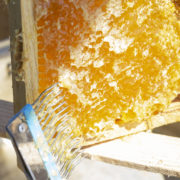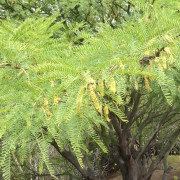The April Honey Flow
In Southern California, we usually receive our strongest flow of incoming honey during the month of April. Winter rains bring early spring flowers, followed, of course, by nectar for the bees. During early April, a fine assortment of honey producing flowers blossom – the most impressive of which include avocado, citrus, eucalyptus, and sage. Before a beekeeper knows it, honey supers have begun to fill, and more space is urgently needed.
For a queen producer, however, a strong honey flow can be a bit of a liability. The mating nucs that a queen producer uses are not designed with honey production in mind, but rather for efficient queen production. Their main features are that they are easy to set up, easy to work with, and easy to find queens. They typically only contain a few small combs and practically no extra space for the bees to store surplus honey.
When the honey flow begins, the foragers within these mating nucs naturally grow as excited as any other foraging bees. They cannot but help themselves, and spend every available minute collecting more high-quality honey than they have space with which to store it! The result is a mating nuc with huge sticky combs and lots of gooey honey.
This slows things down somewhat for our queen harvesting crews, as we have to be extra careful when removing combs so that we do not squish the queen inside a mess of honey. The good news is that these early season queens are most certainly well fed; basically they are honey connoisseurs, feasting on the best varieties of honey that Southern California has to offer!

